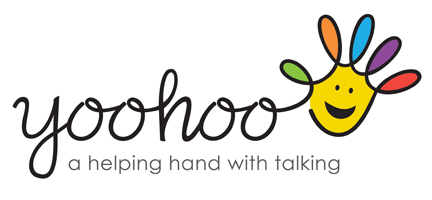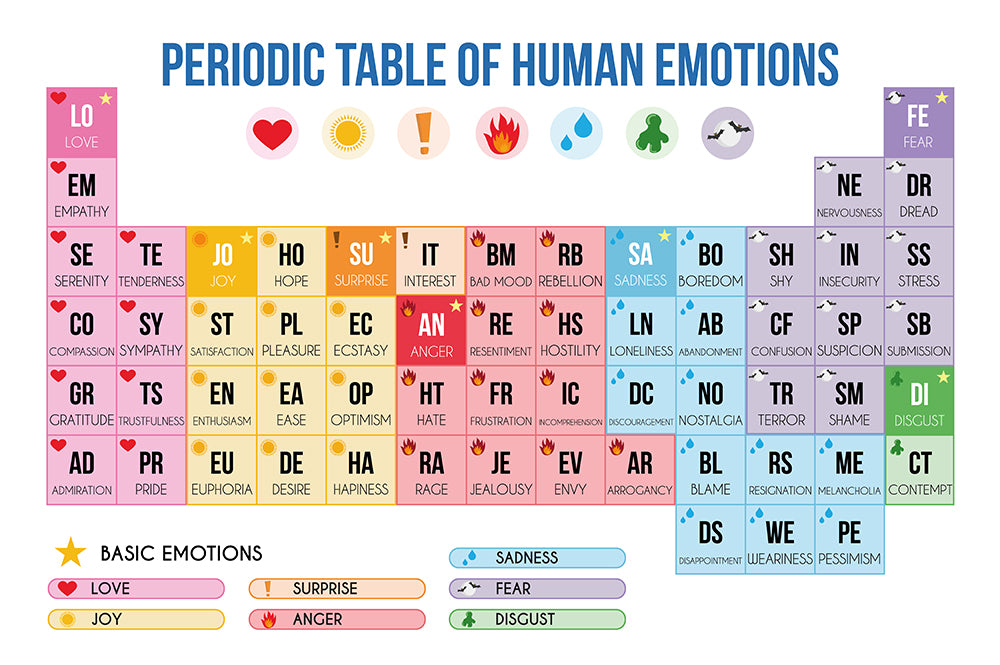As a speech and language therapist, as would be anticipated, I am heavily involved with supporting children with speech and language needs. However, part of my role less known is in the development of understanding and naming of emotions.
We all have emotions, they shape who we are and how we survive each day.
It is important to recognise that there are no good or bad emotions. Each one that we feel helps us deal with situations presented to us. To others around us our emotions can sometimes be just right, a little excessive and even a bit of a nuisance (thinking of parents with young children expressing their views loudly in a shop!)
Consider now that you experience physical changes in your body, but you don’t understand the reason for these or know the name to tell anyone. How confusing and scary might that be. Now think about seeing physical changes in others but not knowing why or what it is all about. How can you adapt and change your behaviour if you don’t know you need to?
Teaching emotions is critical to making sense of yourself and others. We need to embrace this and teach children about their own and in turn others’ feelings.
Things that can be done to teach emotions.
Play games where naming emotions is a core aspect. For example, emotions picture snap, lotto, bingo, memory match and build a face. You can use images from magazine, purchase commercially available games and/or use the internet. You could even play charades where you must guess the emotion being shown through facial expressions and other body language clues.
Narrate for your child how you think they are feeling - “You look cross”, “I think you are happy” “You have tears, I do that when I am sad”.
Name the emotion and give a tip – “You look sad, when I am sad I like a hug”, “I think you are cross, when I am cross I take a big deep breath”. “You are tired, when I am tired a have a little quiet sit down”, “That’s worrying you, yes? When I am worried I like to tell people”.
Try not to negate the emotion - A quick resolution to a problem or an end to a behaviour outburst is often desired. However, this can undermine the child’s emotions and they can think that they should not feel them. When a child says that they are worried even if you feel it is a trivial matter try not to say, “Don’t worry”. Find out more, “Yes, I can see that you are worried. Do you know why? Tell me about it.
Rate that emotion – Sometimes we can be a little angry however, sometimes we can be massively angry and feel like we are about to explode. Seeing these on a number scale can help us rationalise our reaction. Help your child know where they are on the scale. Are they a 1, its only a slight angry, which they can solve and regulate themselves or are they right up at a 5 and they are going to need you to step in and help. Rating your own emotions can help your child understand where you are coming from too.
Try and be as caring and responsive towards your child as you can – Your child’s ability to learn how you react to events and other emotions is built up over many interactions. The positive from this is that you don’t have to be perfect all the time!
Understanding and regulating emotions are critical skills. Without these the world can be a very confusing place.
Now I am feeling a little tired and exhausted, so my regulation tool is going to be a nice cup of tea. What about you?


Leave a comment